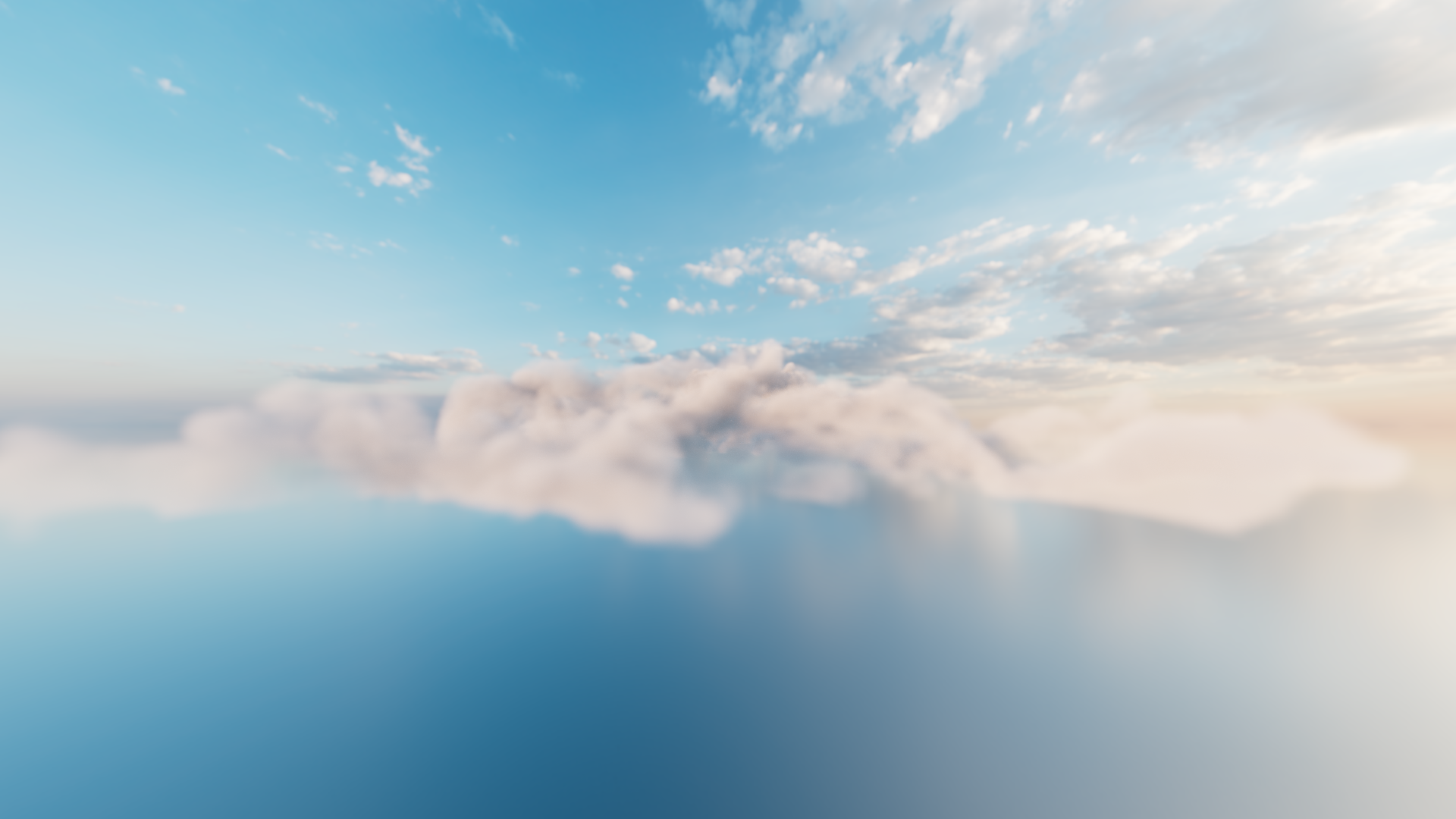this page is confidential & hidden. Intended to GWASH Films & SOLENT Production
1. WIND
Using Houdini's advanced fluid dynamics capabilities, I have developed an initial prototype of a wind tunnel simulation to model the interaction of wind with a mountain. This prototype accurately visualizes wind behavior, including the collision effects and flow patterns as the wind interacts with the mountain's surface. By applying precise fluid mechanics, the project highlights key attributes of wind phenomena, such as turbulence and pressure zones. The result is a detailed and clear representation of how wind navigates complex terrain, providing valuable insights into natural wind patterns. This prototype is designed to establish and refine the workflow for future, more comprehensive simulations.
WIND TUNNEL TESTING OF A MOUNTAIN

Attribute visualization

Artistic visualization using short depth of field
WIND TUNNEL TESTING OF A COMPLEX GEOMETRY
2. PROCEDURAL TERRAIN
I developed a procedural terrain and mountain generation system using a heightfield simulation workflow in Houdini. This system allows for the integration of various erosion types, including temperature, wind, and rain, to create highly realistic landscapes. Users can either develop procedural terrain with full control over the layout or import real-life topography using QGIS and OSM data for accuracy. Additionally, the system enables the visualization of key attributes such as sediment deposition and erosion patterns, offering deeper insights into the terrain's geological processes. This workflow provides a versatile tool for creating customizable, realistic terrains suited for both scientific and artistic applications.
Examples of attributes: bedrocks, debris, height, mask, sediment, water.

Side view of a procedural mountain with erosion effect

Visualization of specific attribute: Sediments

Visualization of specific attribute: Sediments with Wind

Visualization of specific attribute: Water
3. CLOUD SIMULATION
I developed a system for creating procedural clouds using Houdini, leveraging its procedural generation capabilities to simulate realistic cloud formations. This approach allows for the creation of dynamic, volumetric clouds that respond to various atmospheric conditions, such as humidity, temperature, and wind. By adjusting parameters, the system can generate a wide range of cloud types, from wispy cirrus to dense cumulonimbus. This procedural method ensures consistency and flexibility in cloud creation, making it suitable for various visual and scientific applications. The system serves as a robust tool for generating complex cloudscapes, enhancing both realism and control in digital environments.
Procedural Clouds
